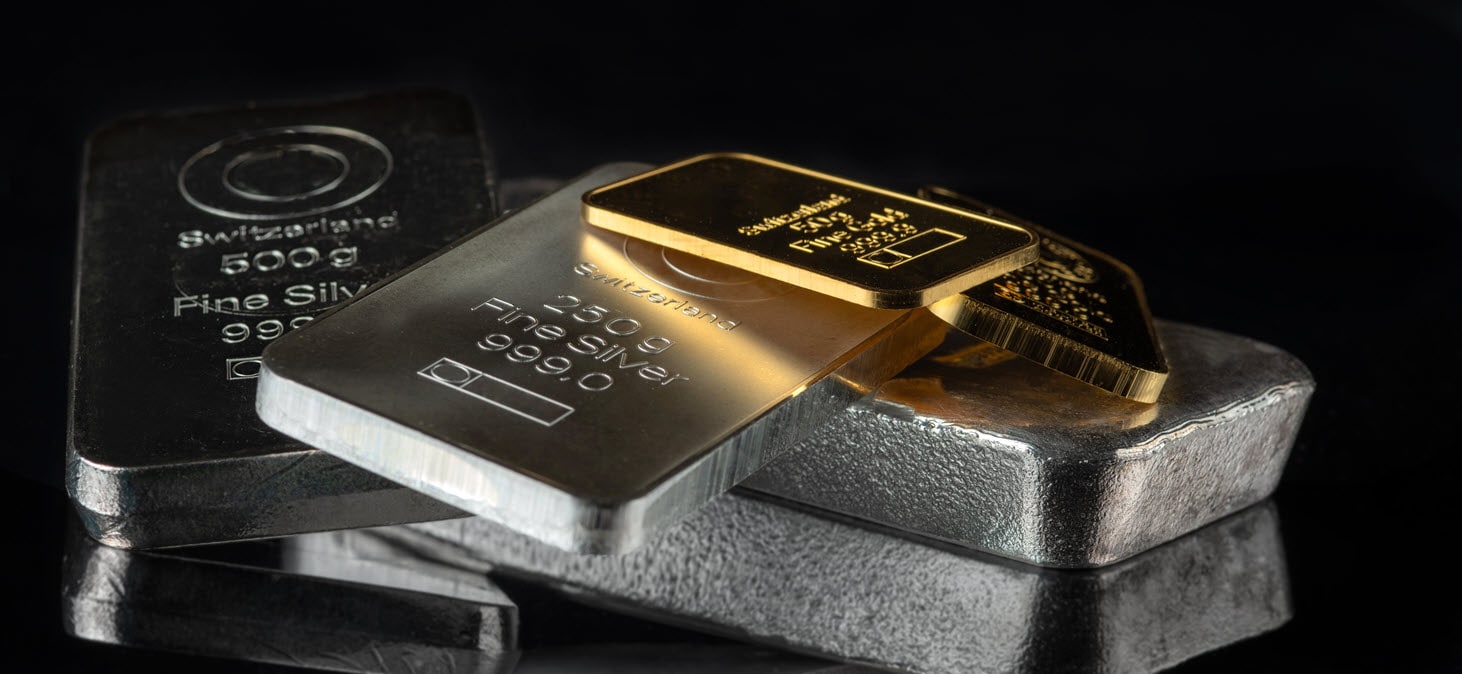
(Shutterstock)
After a strong first 10 months in 2024, gold and silver both gave up gains in the final two months of the year as the US Federal Reserve surprisingly turned hawkish in December. With market consensus on the number of Fed cuts in 2025 falling sharply, and the USD likely be supported at least in 1Q25, investors may be questioning whether to retain exposure to the two favorite precious metals.
Notwithstanding our own hawkish adjustment to our Fed expectations for 2025, we believe the fundamental drivers for a medium-term rise in the price of both gold and silver remain intact. Investors should bear in mind that the Fed still has an easing bias, and we expect 50bps of cuts this year, with the market underpricing the likelihood of this scenario. We also expect US Treasury (UST) yields to decline over the year across the board: the two-year from 4.30% to 3.75%, and the 10-year from 4.60% to 4.00%.
Downside price adjustment likely mostly complete. The prices of gold and silver fell 5.5% and 17%, respectively, over the last two months of 2024, but our sense is that the downside correction is largely complete. Pricing in the futures market now indicates that the amount of rate cuts priced in has already fallen to around 30bps. We expect gold prices to recover and climb this year, which might begin as the Trump administration takes office and potentially begins implementing disruptive tariff measures.
For silver, the underperformance versus gold has seen the gold-silver ratio rise to around 90; we think levels above this are unsustainable for any extended period. Indeed, after having sold around 30 million ounces between mid-October and mid-December, ETF demand appears to be stabilizing. Additionally, the options market is also projecting less risk for the price of silver going forward.
Medium-term positives for both are still in place. There are signs that the prices of both gold and silver are troughing, but a sustained recovery might not be so immediate. While we recently scaled back our projected rise in the price of gold, we still nonetheless see it rising to a new high of USD 2850/oz by the end of the year. One major reason for this is that demand from central banks, sovereign funds, and asset managers for diversification and de-dollarization is likely to remain solid, particularly with trade and geopolitical uncertainties likely to persist alongside US government debt concerns. Additionally, the increasing US federal deficit and the worsening of its debt profile over the long run adds to gold's allure. We also expect strong investor demand for gold as a portfolio diversifier amid elevated equity valuations.
The price of silver meanwhile, is also likely to see a medium-term recovery, to USD 38/oz in 2H2025. Although silver will not benefit directly from central bank purchases, a higher gold price is still likely to provide silver prices with some support, as silver has a stable and strongly positive correlation with gold. Two key drivers for higher silver prices—lower UST yields and the return of investor confidence in adding to cyclical commodity exposure—should gradually materialize in 1Q25. The medium-term upward trajectory for silver prices should be further sustained by a recovery in global industrial production amid tight supply.
Stay invested in both gold and silver. We recommend that investors retain exposure to both precious metals. For gold, we continue to recommend that investors maintain a 5% allocation in diversified balanced portfolios denominated in USD, both as a hedge and for exposure to the medium-term upside. As for silver, the potential delay to the return of market appetite for holding silver suggests that for now, investors should sell downside risks below USD 28/oz for yield pickup over the next one to three months.


